
You are doing it all wrong. Here's the right way to use your dryer
In the rush of daily life, the clothes dryer often becomes one of the most convenient — and most overlooked — appliances in the home. We toss our laundry in, press a few buttons, and move on, rarely thinking about how our habits might affect energy use, fabric longevity, or even safety. Yet, a few small changes in how we use this machine can make a big difference.
Learning the right way to operate a dryer doesn’t just save time — it can also cut down on utility costs, reduce wear and tear on your clothes, and help the environment. From selecting the right cycle to maintaining the machine properly, every step counts. Let’s explore how to get the best possible results every time you press “start.”
1. Understanding Your Dryer: The Basics
Before you can use your dryer efficiently, it’s essential to know how it works. Most dryers have three core components:
-
The drum, which rotates to tumble clothes.
-
The heating element, which produces the warm air needed to evaporate moisture.
-
The venting system, which removes that moist air from the machine.
Modern dryers often include multiple settings — such as delicate, permanent press, normal, and heavy-duty — each designed for specific fabric types. Understanding what each mode does allows you to match the right cycle to your load, preventing damage and saving energy.
If your dryer includes extra features like moisture sensors, eco modes, or steam refresh cycles, take a few minutes to read the manual. These functions are there to make your life easier and can help you achieve cleaner, softer, and better-preserved clothing.
2. Load It Right: Why Half-Full Is Ideal
One of the biggest mistakes people make is overloading the dryer. While it might seem efficient to cram everything in at once, it actually has the opposite effect. A dryer performs best when it’s half to two-thirds full, allowing enough space for air to circulate and moisture to escape evenly.
Overloading not only leads to uneven drying and wrinkles but can also overwork the motor and heating system. Clothes that can’t tumble freely take longer to dry, wasting both time and electricity. For bulky items like comforters or towels, it’s often better to dry them in smaller batches for best results.
3. The Importance of Cleaning the Lint Trap
Your dryer’s lint trap does more than catch fuzz — it’s your first line of defense against fires. According to the U.S. Fire Administration, nearly one-third of dryer fires stem from a failure to clean the lint screen.
After every load, remove the lint from the filter. Once a month, give the screen a deeper clean by rinsing it with warm water and mild soap to remove residue from fabric softeners or dryer sheets. A clean lint trap allows air to flow freely, reducing drying time and energy use while keeping your home safe.
4. The Right Way to Use Dryer Sheets
Dryer sheets can make laundry smell fresh and reduce static, but misuse can cause problems. Over time, they can leave a thin, waxy coating on the lint trap or inside the drum, restricting airflow and reducing efficiency.
Use only one sheet per load, and if you notice buildup, clean the trap with warm soapy water. For a more eco-friendly option, try wool dryer balls — they’re reusable, reduce static naturally, and can even shorten drying time by improving air circulation. You can add a few drops of essential oil for a light, natural scent.
5. Towels and Clothes: Keep Them Separate
Towels are thick, absorbent, and take much longer to dry than most garments. Mixing towels with lightweight clothes often results in uneven drying — your T-shirts may overdry while towels remain damp.
For maximum efficiency, dry towels in their own load. You can also shake them out before drying to fluff the fibers and speed up the process. Keeping similar fabrics together ensures that everything dries evenly and prevents unnecessary wear.
6. Choosing the Right Settings for Different Fabrics
Not all fabrics are created equal. High heat may be great for sturdy items like denim or cotton sheets, but it can ruin delicates in one cycle.
-
Delicate fabrics (silk, lace, activewear): Use low heat or an air-dry setting.
-
Cotton and linens: Regular or high heat is fine, but check labels first.
-
Synthetic blends: Try medium heat to prevent static buildup.
When in doubt, lower heat for longer. It’s gentler on clothes and saves you from shrinking your favorite shirt. Reading care labels before drying will help you avoid costly mistakes.
7. The Benefits of Air-Drying Delicates
While dryers are convenient, air-drying is still the best choice for certain garments. Lingerie, silk blouses, swimwear, and athletic wear last longer when dried naturally.
You can hang these items on a drying rack or clothesline indoors or outdoors. Air-drying not only conserves energy but also helps fabrics maintain their shape, elasticity, and color. Plus, it’s quieter and better for the planet — a small step toward a more sustainable household routine.
8. How to Prevent Shrinking and Fabric Damage
Shrinkage is one of the most common laundry complaints. The culprits? Excessive heat and over-drying.
To avoid it, use the permanent press or low-heat cycle for cottons and wools. These cycles incorporate a cool-down period that relaxes fibers and minimizes wrinkles. You can also remove clothes slightly damp and let them finish air-drying — a pro tip that keeps fabrics smooth and prevents stiffness.
9. Energy Efficiency Tips for Smarter Drying
A few small habits can drastically cut your energy use:
-
Always clean the lint trap.
-
Make sure the vent hose is free of obstructions.
-
Use the moisture sensor setting, if available, so the dryer stops automatically when clothes are done.
-
Dry multiple loads back-to-back to take advantage of residual heat.
-
Spin clothes thoroughly in the washer first — the drier they are going in, the less work your dryer has to do.
These steps not only reduce your utility bills but also extend the life of your dryer by preventing overheating and mechanical strain.
10. Common Dryer Mistakes and How to Avoid Them
Some dryer problems come down to simple oversights. Failing to sort laundry by fabric type, ignoring care labels, or skipping routine maintenance can all lead to poor results.
Another common mistake is closing off airflow — make sure your dryer’s vent isn’t kinked or blocked, and avoid placing it too close to the wall. Proper ventilation is essential for safety and performance. With a little attention to detail, your dryer can run efficiently for years.
11. Viral Dryer Hacks: What’s Worth Trying?
Social media is full of laundry “hacks,” but not all of them are safe or effective. One legitimate tip is adding a clean, dry towel to a wet load to absorb moisture and speed up drying. This can reduce drying time by up to 25%.
However, be cautious of more extreme suggestions — like tossing tennis balls in with delicate fabrics or using unconventional materials in the drum. These can damage both your clothes and your appliance. Always use common sense: if a hack sounds too good to be true, it probably is.
Final Thoughts
Your clothes dryer is a hardworking appliance that deserves a little care and attention. By loading it correctly, cleaning it regularly, and choosing the right settings, you can keep it running efficiently for years while protecting your clothes and your wallet.
Small adjustments in your routine can lead to big rewards — fresher laundry, lower energy bills, and peace of mind knowing you’re using your dryer safely and smartly.
News in the same category


Tips for cleaning an air fryer without scrubbing and still clean as new

The water pipe is clogged, just blame this and it will be solved easily, no need to waste money calling a plumber.

How to clean the bathroom easily and effortlessly: It will stay clean and fragrant all week long

Simple tips for making crispy roast pork skin without much effort: Golden brown, crispy skin like in restaurants

Dirty sofa, do not use wet towel to wipe: Use this to clean it, it will not be damaged

Drop this into the basin, clams and snails will release all the mud and dirt, making them 5 times more fattening.

Tips to avoid blackening pots when using gas stoves: Very simple, everyone should know

Learn from the Japanese by soaking bananas in this water: Get a longevity food, not everyone knows

See why and how to choose melon effectively...
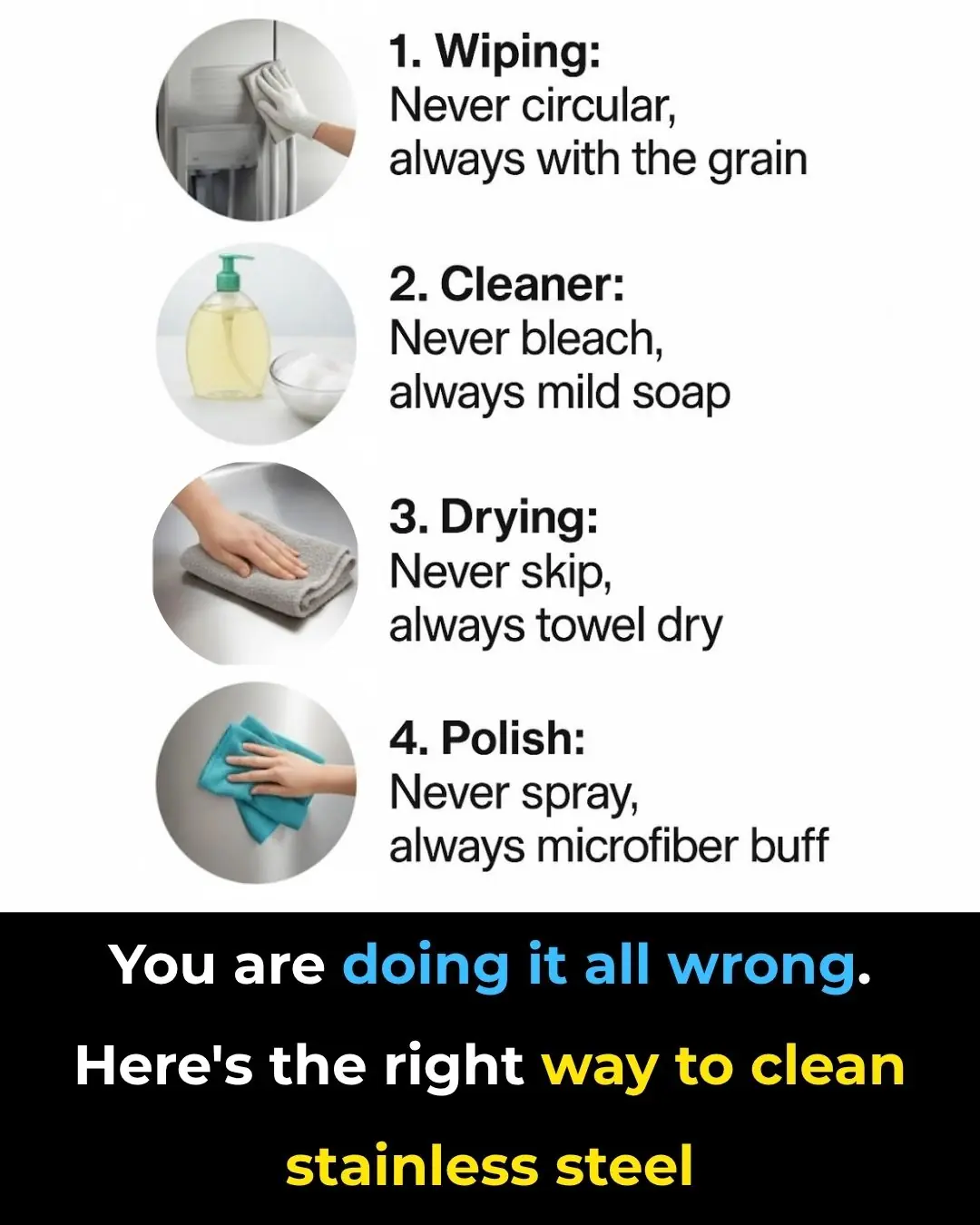
You are doing it all wrong. Here's the right way to clean stainless steel

Should You Throw Toilet Paper in the Toilet or in the Trash?
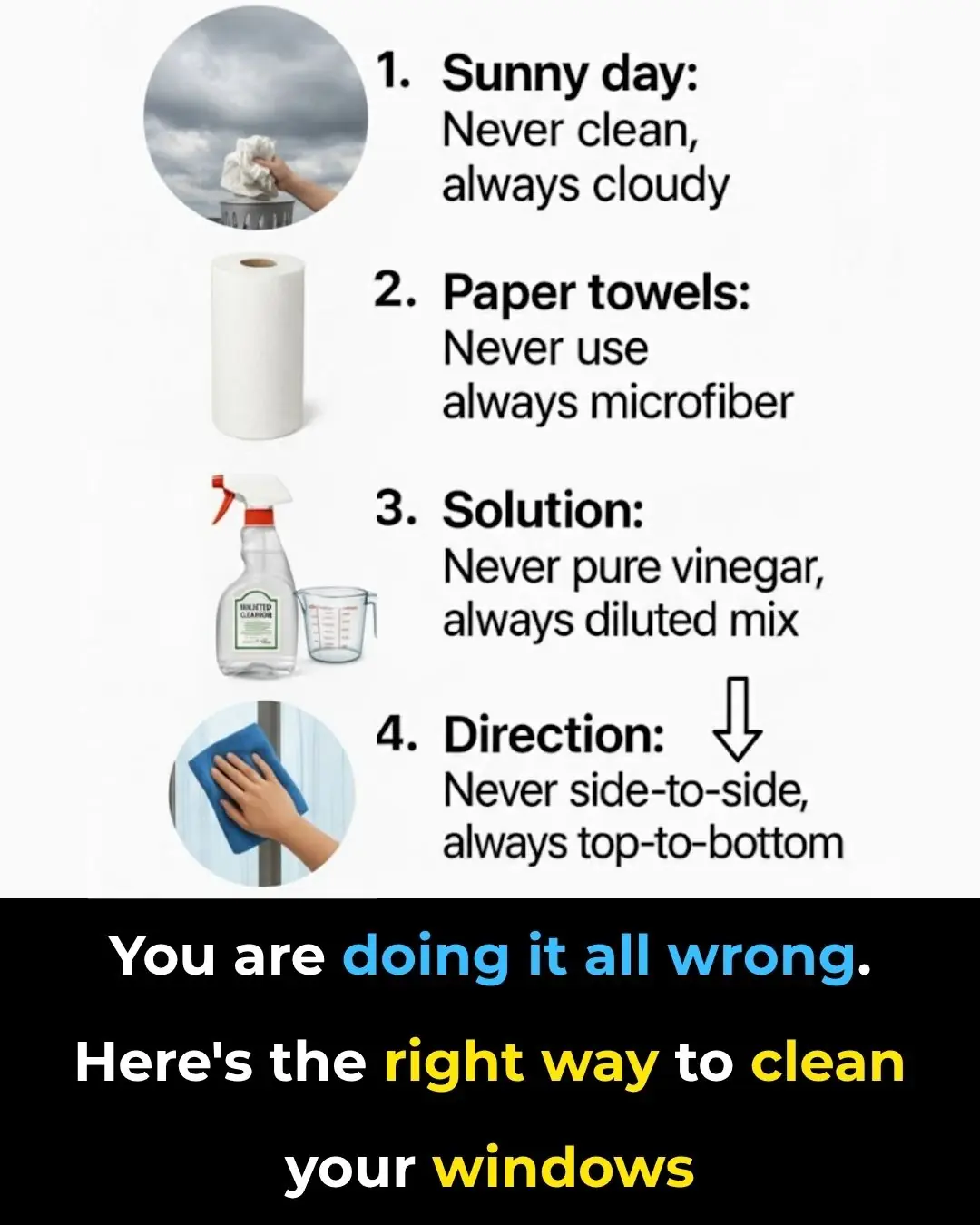
You are doing it all wrong. Here's the right way to clean your windows

Add This to Your Mopping Water – Your Floors Will Shine Like New and Stay Dust-Free for a Whole Week

Hidden Smartphone Tricks You Didn’t Know About

Were you aware of this? Wow, I discovered something new!

The Uses Of This Small Hole On a Padlock
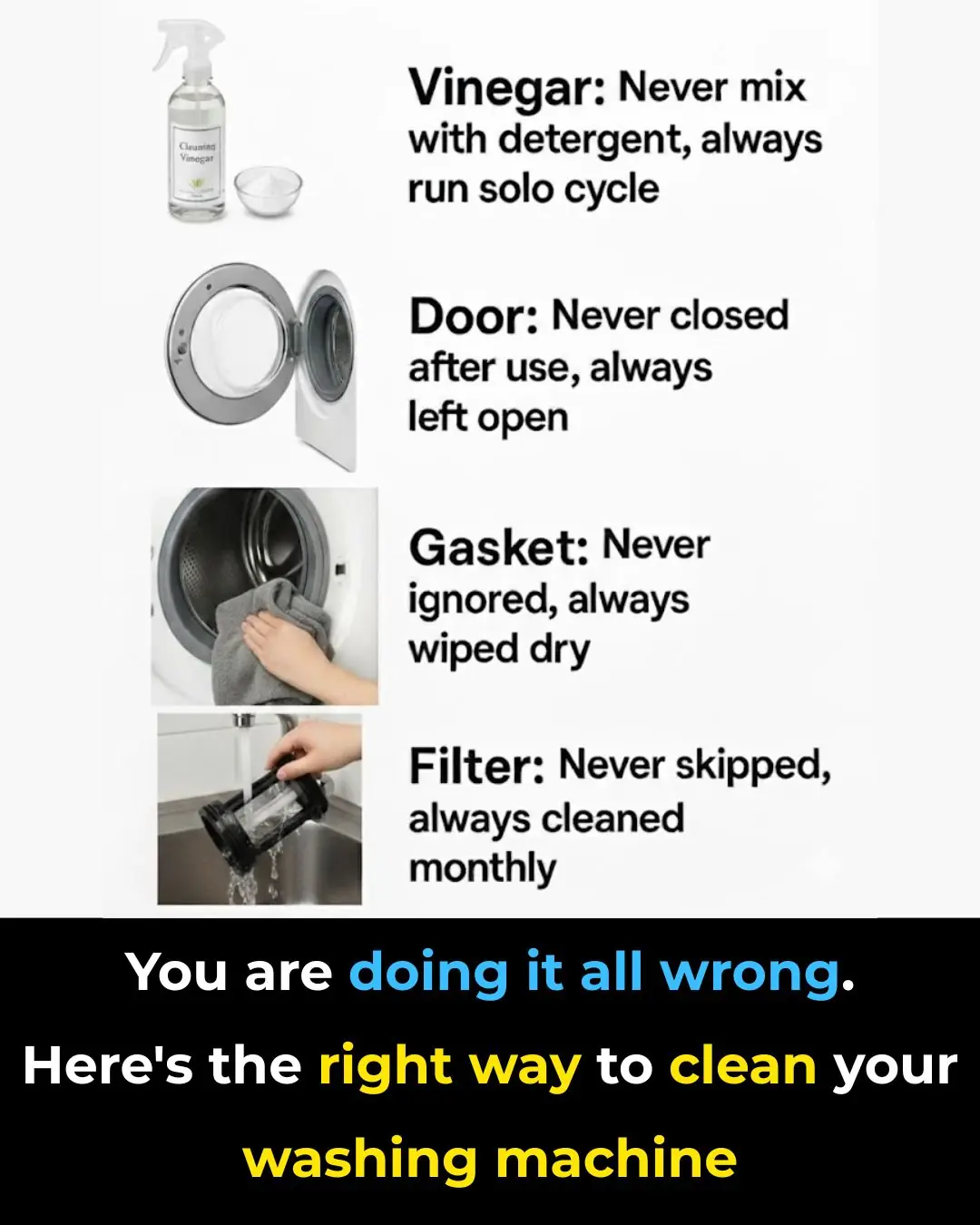
You are doing it all wrong. Here's the right way to clean your washing machine

You are doing it all wrong. Here's the right way to store spices
News Post

The #1 Food for Detoxifying and Supporting Kidney Health

Dark Chocolate and Tea Found to Significantly Lower Blood Pressure

Why This Doctor Refuses to Prescribe Statins for High Cholesterol

Top 5 Foods to Avoid if You Have High Blood Pressure
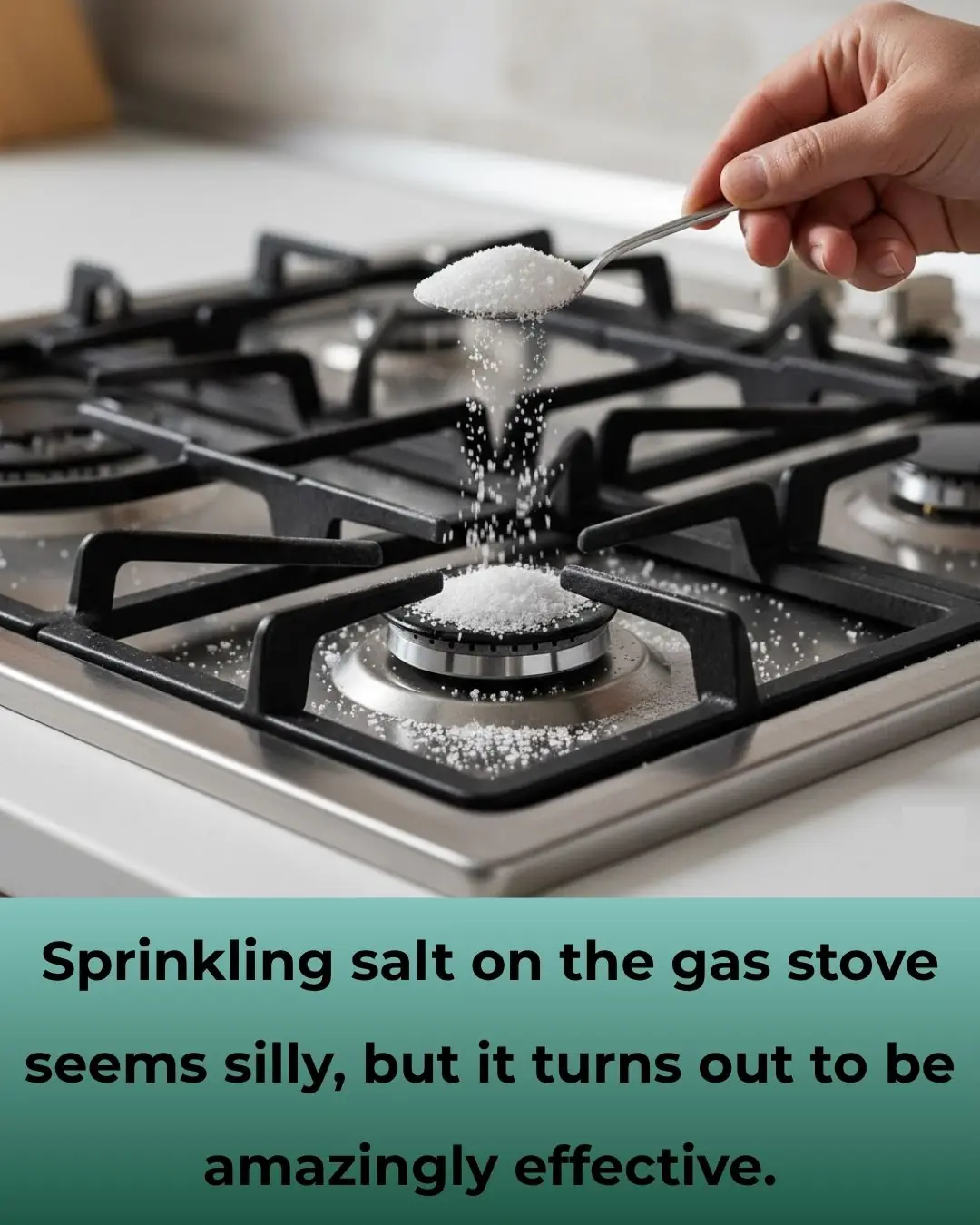
Why You Should Sprinkle Salt on Your Gas Stove

3 Flowers That Make Snakes Tremble — Natural Repellents You Can Grow at Home
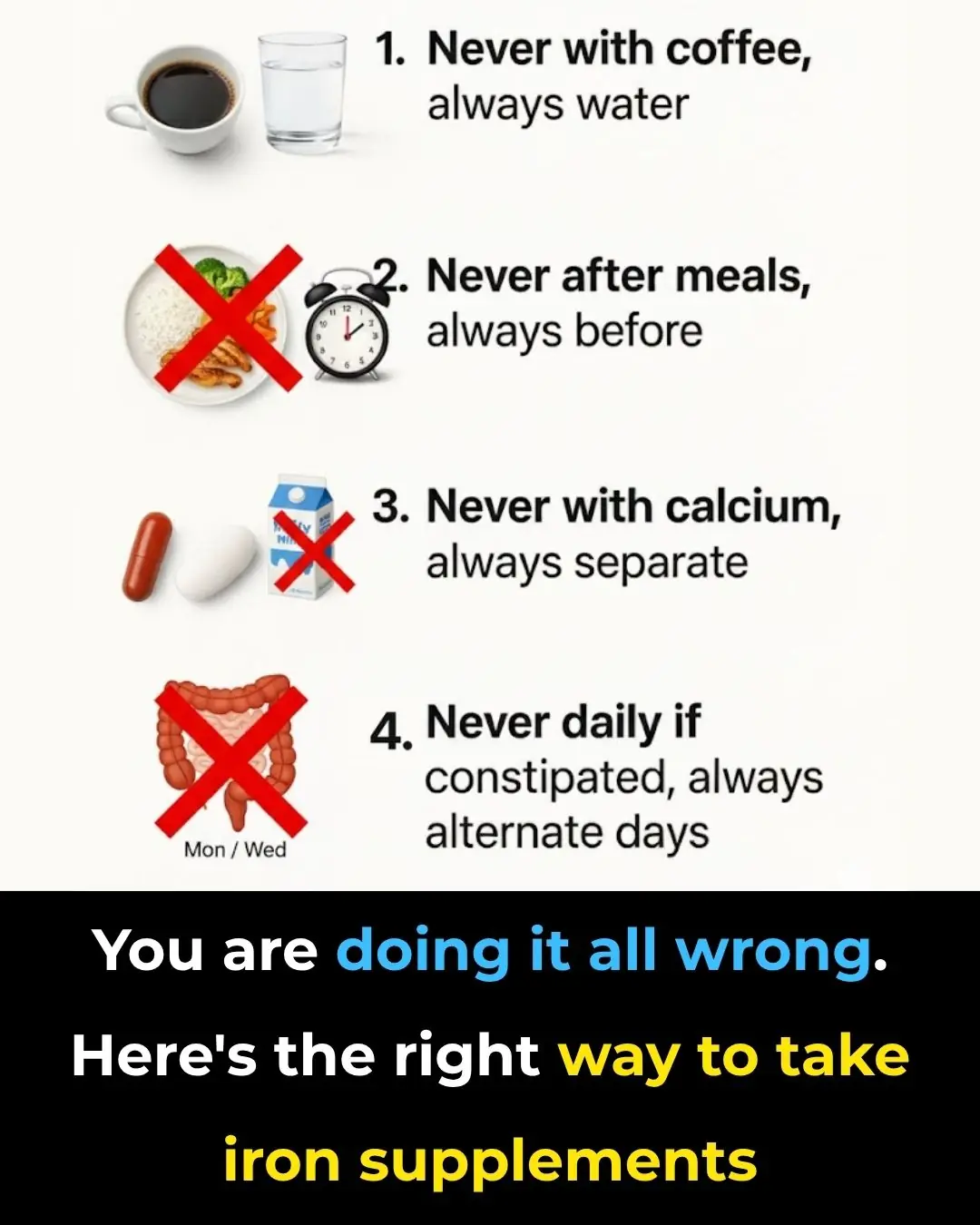
You’re Taking Iron Supplements Wrong — Here’s the Science-Backed Way to Do It Right
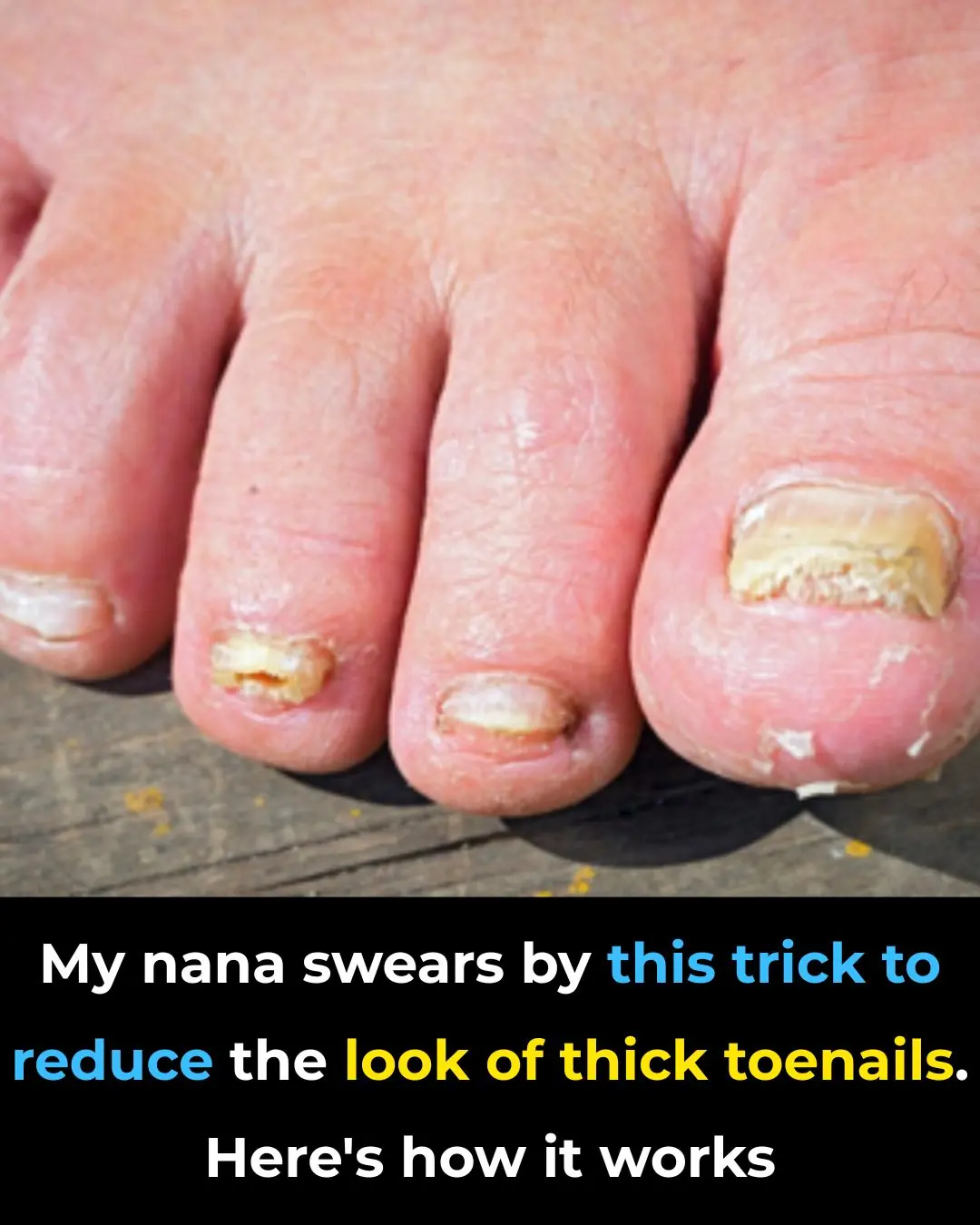
Nana’s Baking Soda Hack: The Surprisingly Effective Trick to Soften and Thin Thick Toenails

Never Mix Medications in One Box: 10 Serious Risks Most People Don’t Know

The Right Way to Take Ashwagandha: A Science-Backed Guide to Unlock Its Full Potential

Shrimp injected with impurities is easy to distinguish: Smart people will see this point

Tips for cleaning an air fryer without scrubbing and still clean as new

25 Incredible Health Benefits of Goosegrass

The water pipe is clogged, just blame this and it will be solved easily, no need to waste money calling a plumber.

How to clean the bathroom easily and effortlessly: It will stay clean and fragrant all week long

Simple tips for making crispy roast pork skin without much effort: Golden brown, crispy skin like in restaurants

How bathing too often can affect your health

Dirty sofa, do not use wet towel to wipe: Use this to clean it, it will not be damaged

Drop this into the basin, clams and snails will release all the mud and dirt, making them 5 times more fattening.
